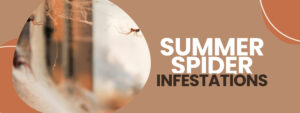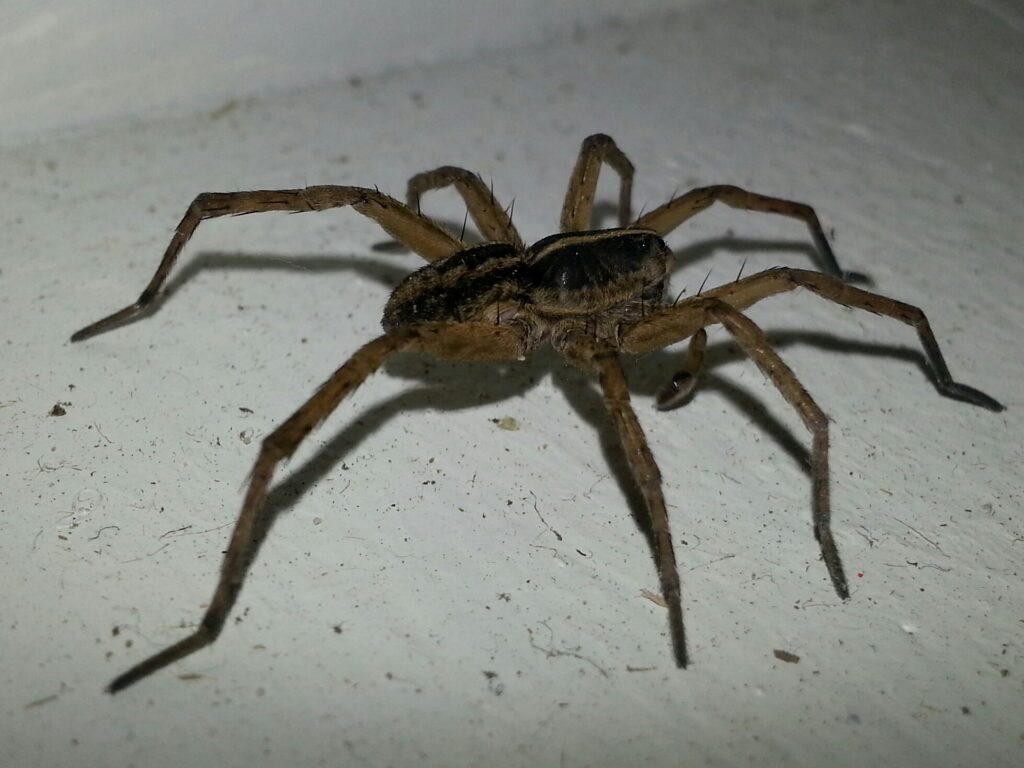 Summertime in Toronto brings a host of outdoor activities, but it also ushers in a less welcome phenomenon – spider infestations. A spider free house isn't just about aesthetics; it's crucial for the safety and well-being of your family.
What spiders eat is beneficial to the ecosystem; however, these creatures can become a danger when they share close quarters with humans. With renowned expertise and an empathetic approach to homeowners' concerns, Truly Nolen's professional pest control in Toronto is necessary to address these eight-legged invaders effectively.
Ensuring that your home remains a safe haven throughout the warm months requires timely and professional intervention. Trust in experienced and knowledgeable pest controllers who can provide reliable solutions to keep your summer home serene and secure, free from unwelcome arachnid guests.
Summertime in Toronto brings a host of outdoor activities, but it also ushers in a less welcome phenomenon – spider infestations. A spider free house isn't just about aesthetics; it's crucial for the safety and well-being of your family.
What spiders eat is beneficial to the ecosystem; however, these creatures can become a danger when they share close quarters with humans. With renowned expertise and an empathetic approach to homeowners' concerns, Truly Nolen's professional pest control in Toronto is necessary to address these eight-legged invaders effectively.
Ensuring that your home remains a safe haven throughout the warm months requires timely and professional intervention. Trust in experienced and knowledgeable pest controllers who can provide reliable solutions to keep your summer home serene and secure, free from unwelcome arachnid guests.
The Web They Weave in Toronto’s Homes
Spiders, for most part, tend to keep to the shadows, which often makes it difficult to recognize a burgeoning population before it's too late. Unlike pests that scurry about in plain sight, the first hallmark of a spider infestation is the accumulating silk of their webs. But why does Toronto see this surge of spidery activity in the warmer months? Summer temperatures are prime for the spider’s prey – a buffet of insects flits around in the warm air, landing on screens, and sometimes even finding their way indoors, inadvertently becoming a feast for Toronto’s arachnid visitors. The lush foliage around residential landscapes creates a verdant bridge for spiders to easily traverse into homes in search of shelter, food, and the ideal place to lay their egg sacs. Web-building can occur in spots that aren’t immediately visible, such as behind furniture, under the eaves, or in ceiling corners. Physical sightings are one thing, but it's also crucial to recognize telltale signs, like heightened instances of cobwebs, and in some cases, the pitter-patter of little legs scuttling about.The Real Dangers Lurking in Arachnoid Corners
Contrary to their minuscule size, the impact of a spider infestation can be far-reaching and, at times, alarming. Homeowners often downplay the risk spiders pose, chalking it up to a healthy fear rather than a health concern. While most spiders are harmless, Toronto is home to a few notable exceptions; the Black Widow and Brown Recluse top the list. The bite of these spiders can lead to medical complications, especially in the young, elderly, or those with weakened immune systems. Not necessarily through their bite, spiders can introduce allergens. For people with asthma, this can provoke attacks and exacerbate symptoms, being a particular concern for children. The presence of spiders in a home can create serious anxiety for some individuals, negatively impacting mental well-being. Arachnophobia is one of the most common phobias, and for many, it's not just an irrational fear.Busting the Myths of DIY Spider Control
The instinct for many is to grab the nearest can of bug spray or worse, to set out glue traps and poisons without clear knowledge of spider behaviour and biology. These DIY methods not only put residents at risk, but they can also be inefficient or even counterproductive. Most commercial insecticides are designed for crawling or flying insects, not arachnids. This creates a false sense of security when in fact, the underlying population may be unaffected or, if a repellent is used, driven further into less accessible areas. Resorting to poisons and chemical sprays comes with its own set of risks. Exposure to the chemicals for humans and pets is a considerable danger, and it lays the concern of food and water contamination, too. Professionals go beyond temporary solutions. They identify and address the root cause of an infestation. This might include sealing entry points, reducing insect-attracting factors, and, of course, using targeted treatments that are both effective and safe for the home environment.

